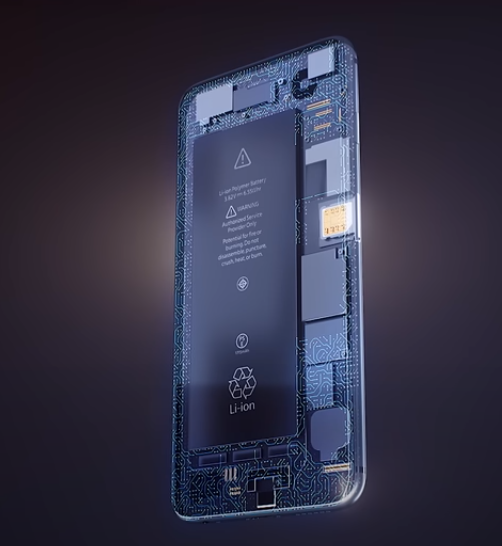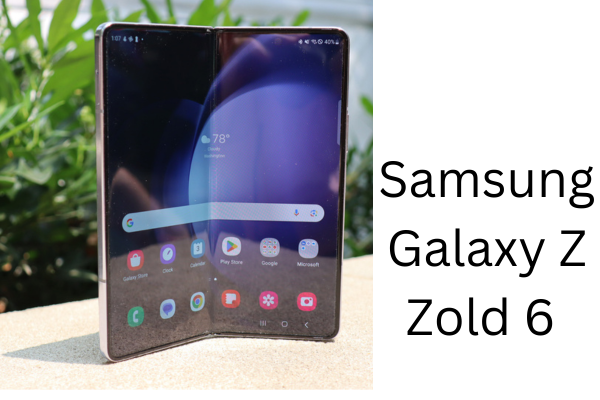What is Physical SIM Or eSIM ?

Identity Keeper: Just like a secret agent’s ID, a SIM card securely stores your unique International Mobile Subscriber Identity (IMSI) number and a special key. This duo is your passport to the mobile network world.
Data Custodian: Think of the SIM card as a digital safe deposit box. It holds crucial information in layers: from manufacturer-installed settings to personalized data like your contacts and text messages. It even keeps track of your recent whereabouts in the network’s memory.
Connection Enabler: In the realm of mobile phones, there are two major tribes: GSM and CDMA. GSM folks have SIM cards, while CDMA users do not. So, if you’re on Team GSM, your SIM card is your loyal companion, ensuring seamless connectivity.
Size Evolution: Just like fashion trends, SIM cards have undergone a size evolution. From the chunky Mini-SIM to the slimmer Micro-SIM and Nano-SIM, they’ve slimmed down over time. And now, introducing the eSIM – smaller than even the Nano-SIM, it’s the new kid on the block, revolutionizing how we connect.
In essence, a physical SIM card isn’t just a tiny chip; it’s your gateway to staying connected in the ever-evolving world of mobile technology
Advantages of Physical SIM
Physical SIM cards offer several advantages, particularly for individuals who frequently switch phones. If you find yourself frequently changing phones or if your current device becomes damaged or broken, the ability to quickly remove the physical SIM card and insert it into another phone is invaluable. While I haven’t personally encountered such situations, I acknowledge the convenience and practicality that physical SIM cards provide in these scenarios.

Disadvantages of Physical SIM
When discussing the presence of a Physical SIM card, it’s notable that there exists a designated space for it within the device, typically accompanied by a SIM tray and a corresponding ejector tool for easy removal.
Conversely, in the absence of a Physical SIM card, the phone often boasts water resistance capabilities, enhancing its durability and performance.
Considering the aspect of Physical SIM cards, it’s worth pondering whether they pose any drawbacks or potential inconveniences over time, such as deterioration or the possibility of misplacement.
eSIM
Imagine your device having its own little digital brain, securely embedded within its hardware. This brain, known as an eSIM, is like a virtual passport to the digital world, residing snugly within your device without the need for a physical card.
Now, picture this Esim as a master of adaptability, capable of shape-shifting its allegiance to different carriers with just a flick of a digital wand. It’s not bound by Physical constraints, allowing you to traverse between network realms effortlessly, all from the comfort of your device.
No more tedious trips to service halls or swapping out tiny cards. With the magic of OTA, you can remotely summon and install new configurations at will, activating, deactivating, or even bidding farewell to carriers with a simple command.
In essence, the eSIM liberates you from the shackles of traditional SIM cards, offering a seamless journey through the vast network landscape, where the power to choose your carrier lies right at your fingertips.
.
Adantages of eSIM
When discussing SIM cards, several advantages come to mind. Firstly, in the unfortunate event of your phone being stolen, having a SIM card allows you to remotely switch off your device and track its location through your network provider. This security feature can greatly assist in recovering your lost or stolen phone.
Secondly, the versatility of SIM cards enables users to employ multiple SIMs within a single mobile device. With Physical SIM cards, the dual SIM option allows for the seamless operation of more than two SIM cards concurrently. This flexibility is particularly advantageous for individuals who require separate numbers for personal and professional use or for those who frequently travel internationally.
Furthermore, the ongoing evolution of SIM card technology indicates a shift towards virtual or Esim. This trend suggests a future where virtual SIMs become more prevalent than physical counterparts due to their convenience, portability, and enhanced safety features. The ease of use and compact nature of virtual SIMs make them increasingly popular, offering users a hassle-free experience while ensuring their connectivity needs are met.
In summary, SIM cards offer a range of benefits, including enhanced security features for tracking lost or stolen devices, the convenience of using multiple SIMs in one device, and the evolving trend towards virtual SIMs for improved usability and safety.
Disadvantages of eSIM
Currently, utilizing Esim technology presents certain drawbacks, particularly in countries such as the USA. While Esim adoption is increasing globally, many regions still heavily rely on physical SIM cards. One notable disadvantage is the time-consuming process of porting a SIM to another device. This typically involves visiting a physical store and completing formalities, which can be inconvenient and time-intensive. As a result, many individuals prefer the simplicity and immediacy of physical SIM cards, especially when needing to switch devices promptly.
When considering whether a physical SIM or an Esim is better for you, several factors come into play. Your choice ultimately depends on your specific needs, preferences, and usage patterns. Here’s a breakdown to help you make an informed decision:
Device Compatibility: First and foremost, check if your mobile device supports Esim technology. Not all devices do, so if yours doesn’t, a physical SIM is your only option.
Flexibility and Convenience: If you frequently switch between devices or travel internationally, ESims offer greater convenience. You can easily switch between different carriers or plans without needing to physically swap SIM cards.
Security and Reliability: Both physical SIMs and Esim offer secure connections, but some users may prefer the familiarity and perceived reliability of a physical SIM card.
Cost and Availability: Consider the cost and availability of plans for both physical SIMs and Esims in your region. In some areas, ESim plans may be limited or more expensive compared to traditional SIM options.
Ease of Use: While eSIM technology is becoming more prevalent, some users may find it easier to manage a physical SIM card, especially if they are accustomed to it.
Future-Proofing: If you tend to upgrade your phone frequently, consider whether Esim support might become more important to you in the future. Many newer devices are moving towards Esim-only configurations.
Ultimately, there’s no one-size-fits-all answer. Evaluate your own usage habits, device compatibility, and preferences to determine whether a physical SIM or Esim is the better option for you. Both have their advantages, so it’s important to choose the one that aligns best with your needs.


